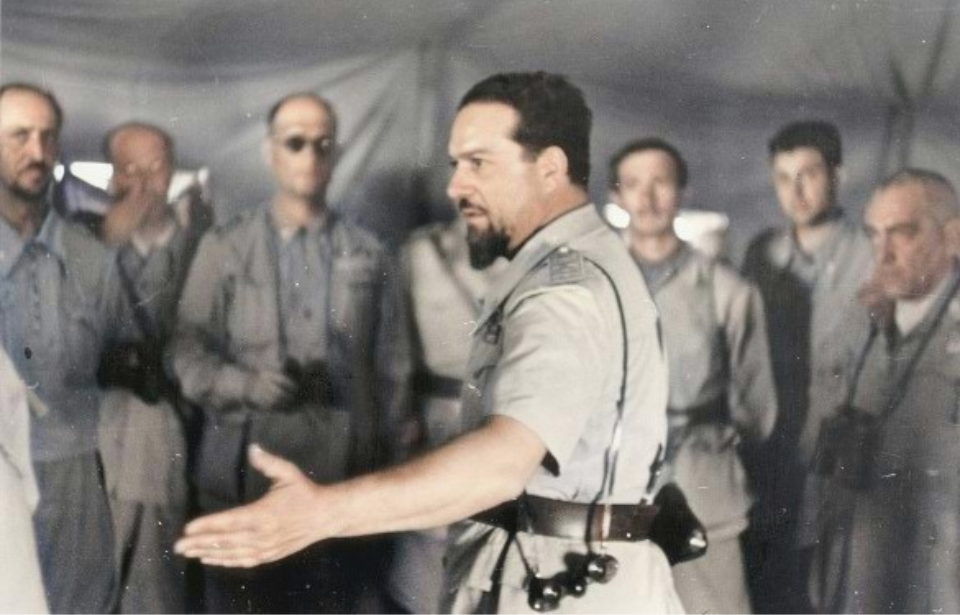There were few in Italy’s governmental hierarchy who disagreed with Benito Mussolini’s decision to side with Germany during the Second World War. One of those was Italo Balbo, a war veteran and political powerhouse who built the country’s Air Force into one of the strongest in the developed world. This led to jealousy on Mussolini’s part, with the Italian dictator assigning Balbo to a post in Libya to get him out of the way. It was less than a decade later that he met his untimely end at the Tobruk airfield.
Italo Balbo’s service with the Italian Army during World War I
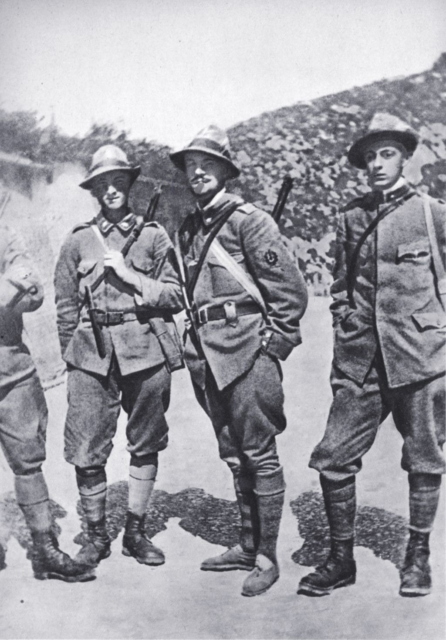
Italo Balbo was born on June 6, 1896 in Quartesana (Ferrara), Italy. He was politically active from a young age, going so far as to attempt to join an Albanian revolt during his teens. In 1914, he met Benito Mussolini, a fellow journalist, and the pair quickly hit it off. They both wanted Italy to side with the Allies in the growing war between them and Germany, which the country did in 1915.
Upon Italy’s entry into World War I, both Balbo and Mussolini joined the Italian Royal Army, serving with the elite mountain regiments. The former’s first assignment was with Alpini Battalion “Val Fella,” 8th Alpini Regiment, after which he volunteered for flight training.
A few days after, however, the German and Austro-Hungarian armies broke through the Italian lines during the Battle of Caporetto – also known as the Twelfth Battle of the Isonzo. This forced Balbo to return to the front, this time as the commander of an assault platoon with Alpini Battalion “Pieve di Cadore,” 7th Alpini Regiment.
By the end of the conflict, Balbo had risen to the rank of captain and was the recipient of one Bronze and two Silver Medals of Military Valor.
Italo Balbo’s role in Benito Mussolini’s rise to power
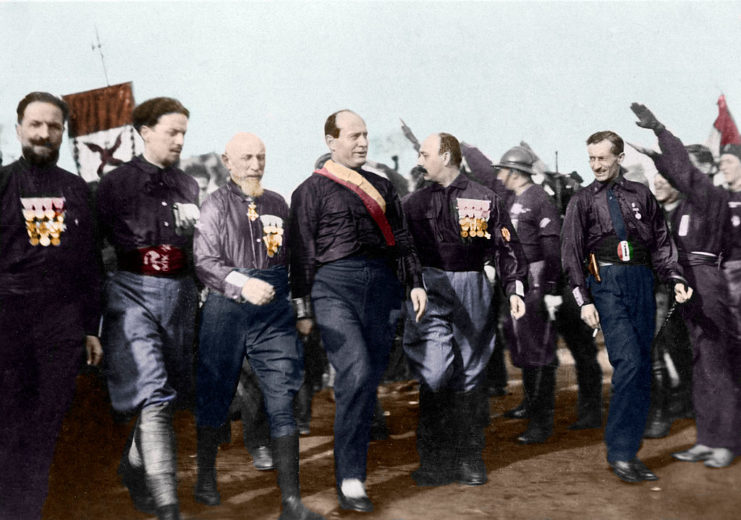
Following the First World War, Italo Balbo completed his education, earning degrees in law and the social sciences. In 1921, he became a member of the newly-formed National Fascist Party and quickly rose through the ranks to become a secretary within the Ferrara chapter.
The following year, Balbo, along with Michele Bianchi, Cesare Maria De Vecchi and Emilio De Bono, helped organize the infamous March on Rome, which brought Mussolini and the National Fascist Party into power. Not long after, he became a founding member of the Grand Council of Fascism and, later, the general commander of the Fascist militia and the undersecretary for national economy.
Unlike many in the party, Balbo viewed Fascism as a way of improving Italy and its colonies in Libya and Ethiopia. He believed it could raise the standard of living for Italians, squash out internal Communism and increase Italy’s prestige on the world stage.
Crafting the Regia Aeronautica Italiana
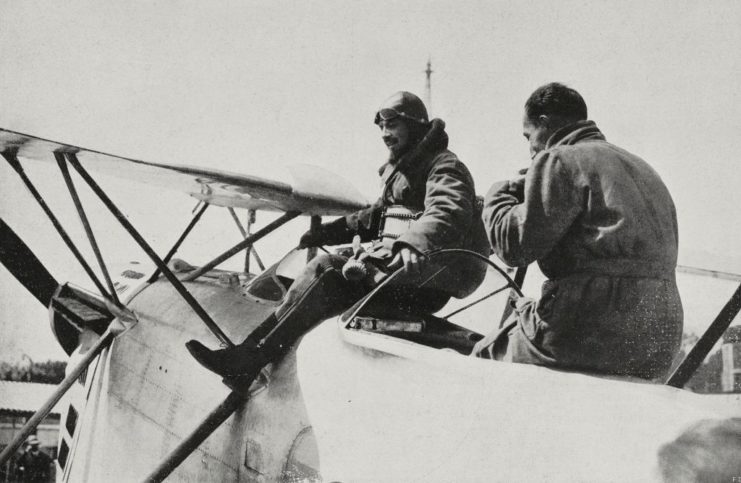
Italy first used aviation in combat in 1911, when it took control of Libya from the Ottoman Empire. This continued into WWI, with the country producing a number of air aces. In 1923, Mussolini made the decision to split pilots from the Italian Army, leading to the creation of the Royal Air Force – the Regia Aeronautica Italiana, in Italian.
During this time, Balbo continued to experience extensive political growth, something Mussolini grew both jealous and afraid of. This prompted him to appoint the former as the undersecretary of the Royal Air Force, as a means of channeling his ambitions into another project. With little in the way of aviation experience, Balbo underwent flight training, receiving his pilot’s license the following year.
In August 1928, Balbo was promoted to general of the Air Force, the result of his goal to make Italy the most advanced when it came to aviation. One of the ways in which he aimed to accomplish this was to have his pilots develop a sense of belonging to a larger group, as opposed to the individual stardom flyers received elsewhere in the world.
During a later stint as minister of the Air Force, Balbo impressed the world by embarking on a number of transatlantic flights, the first of which occurred in 1930-31 with 12 seaplanes. The second, flying between Rome and Chicago, Illinois, consisted of 24 seaplanes, giving the appearance of an aerial armada.
Benito Mussolini transfers Italo Balbo to Lybia
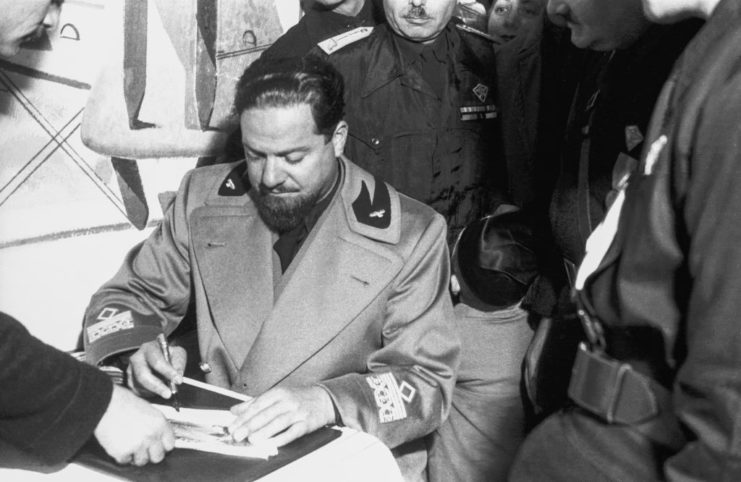
By 1933, Mussolini’s jealousy over Italo Balbo’s popularity had reached a point where he needed his political rival out of Italy. He appointed Balbo to be the governor-general of Libya and tasked him with asserting Italy’s rights in the region, in the hopes of creating what the dictator hoped would be an Italian Cameroon.
In 1935, amid the Abyssinia Crisis, Balbo began preparations for an invasion of both Egypt and Sudan. With Britain having ramped up its military presence in the region, the governor-general worried he’d be cut off from additional troop supports and requested additional forces, which arrived in time for him to secretly deploy them to the Egyptian border. However, before they could launch their invasion, Mussolini put a stop to the plan.
This was followed a few years later by the Munich Crisis, during which Balbo had Italian aircraft conduct flyovers of Egypt and Sudan, to familiarize pilots with both countries’ airfields. He also began taking steps to draw others to the Fascist cause, and was the only member of the National Fascist Party to oppose Mussolini’s anti-Jewish legislation.
Planning an invasion of Egypt during World War II
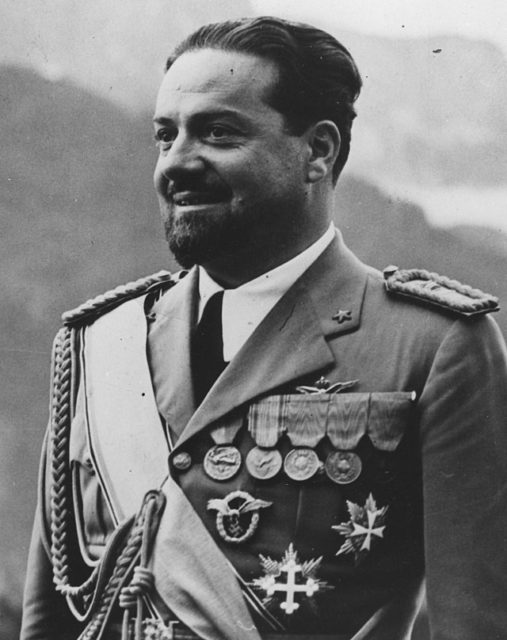
When Mussolini sided with Germany following the country’s invasion of Poland in 1939, Italo Balbo was the only Fascist of rank to publicly criticize the move, arguing Italy should be siding with the United Kingdom. The Italian dictator disagreed, saying the war would be over in six months, once the British were forced to surrender.
As history later showed, this proved to not be the case.
When Italy declared war on Britain and France on June 10, 1940, Balbo began planning a renewed invasion of Egypt. He shifted many of the Italian Fifth Army’s troops, stationed at the Tunisian border, to the Tenth Army along the Egyptian border, with a plan to invade as early as July 14, 1940.
Balbo never got the chance to launch his invasion, as he died not long after the Italian declaration of war. The engagement still occurred, however – just a few months after it was initially intended. Between September 9 and 16, 1940, the Italian Tenth Army took on troops from the British Commonwealth and Free French, ultimately coming out victorious. This allowed them to advance to the Egyptian port of Sidi Barrani.
Italo Balbo dies at the hands of friendly fire
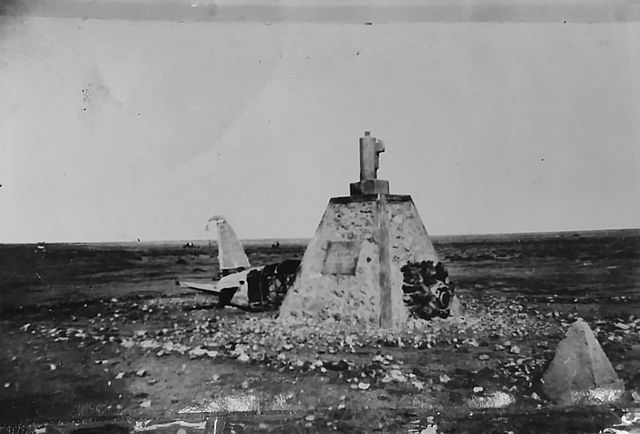
On June 28, 1940, Italo Balbo was leading a duo of three-engined Savoia-Marchetti SM.79 medium bombers to Tobruk airfield. The exact reason for the flight is debated, with some claiming it to have been a hunt for British armored vehicles in the desert and others saying it was a morale-building expedition.
Balbo was in control of the lead bomber, which held nine passengers, while the second SM.79 flew close behind. Ground forces stationed at the airfield were made aware of the air marshal’s pending arrival. However, the naval batteries stationed aboard the nearby cruiser San Giorgio were not. This, along with Balbo not following his own safety regulations, ultimately led to disaster.
Pilots were instructed to make a 360-degree turn over the naval outpost, at an altitude of around 300 meters, to indicate to those below that they were friendlies. Balbo didn’t do this, coming in at 700 meters and not completing a full circle. The second SM.79 pilot noticed this and grew worried, prompting him to raise his aircraft and veer slightly to the left.
This meant Balbo’s bomber was flying alone.
Misidentifying the SM.79 as a British aircraft, the Italian anti-aircraft batteries began firing at Balbo. The bomber was struck, causing it to crash. Everyone onboard were killed, with the wreck left to burn for several hours. When the blaze was finally put out, Balbo could only be identified via his dental remains.
Reaction to Italo Balbo’s death
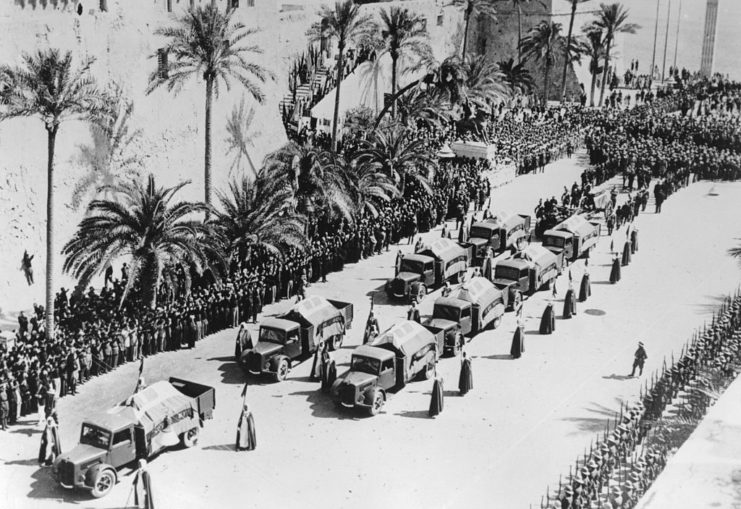
Almost immediately following Italo Balbo’s death, rumors spread regarding the possible involvement of Mussolini. These have since been debunked, with the evidence showing that the downing of the aircraft was a case of mistaken identity. By the time those on the ground had realized they were shooting at an Italian bomber, it was too late.
Upon hearing of Balbo’s death, Air Chief Marshal Arthur Longmore, the commander-in-chief of RAF Middle East Command, ordered a British aircraft be dispatched to Tobruk to drop a wreath. It contained a note that read, “The British Royal Air Force expresses its sympathy in the death of General Balbo – a great leader and gallant aviator, personally known to me, whom fate has placed on the other side.”
New! Want to become a trivia master? Sign up for our War History Fact of the Day newsletter!
More from us: Terror In the Skies – The Tragic Story Behind the Downing of the B-17G ‘Wee Willie’
Balbo’s coffin lay in state at his office for two days, with the official mourning period lasting five. He was initially buried outside of Tripoli, but his remains were brought back to Italy by his family in 1970, after Muammar Gadaffi, the de facto leader of Libya, threatened to disinter all who were laid to rest in the city’s Italian cemeteries.
